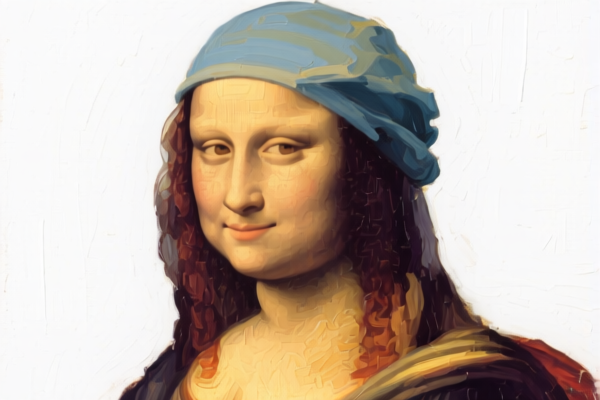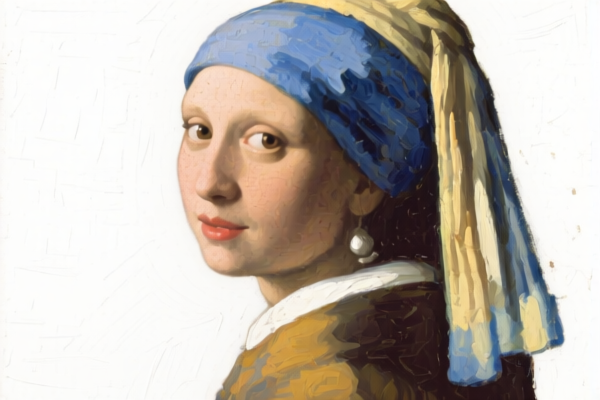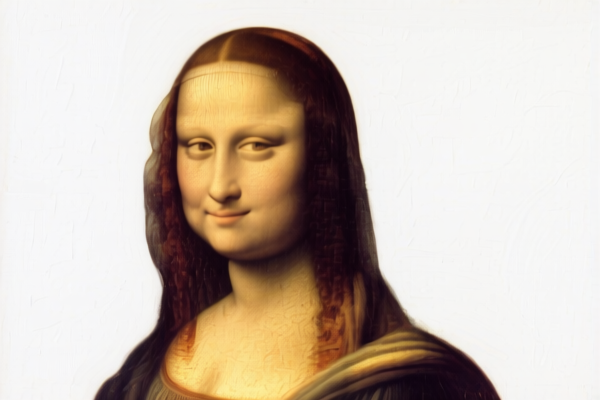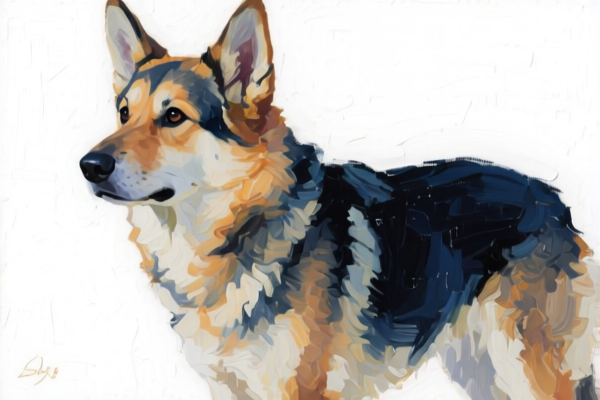| HS Code | Official Doc | Tariff Rate | Origin | Destination | Effective Date |
|---|---|---|---|---|---|
| 3210000000 | Doc | 56.8% | CN | US | 2025-05-12 |
| 3213100000 | Doc | 6.5% on the entire set+55.0% | CN | US | 2025-05-12 |
| 3213900000 | Doc | 58.4% | CN | US | 2025-05-12 |
| 4016990500 | Doc | 40.9% | CN | US | 2025-05-12 |
| 4005100000 | Doc | 55.0% | CN | US | 2025-05-12 |
| 4005990000 | Doc | 55.0% | CN | US | 2025-05-12 |
| 9608300031 | Doc | 0.4¢ each + 2.7%+37.5% | CN | US | 2025-05-12 |
| 9608300039 | Doc | 0.4¢ each + 2.7%+37.5% | CN | US | 2025-05-12 |
| 9609908000 | Doc | 37.5% | CN | US | 2025-05-12 |




Watercolor Paint
Watercolor paint is a transparent water-based medium used for creating artwork. It is characterized by its luminosity and delicate washes of color.
Material Composition
Watercolor paint consists of four principal components:
- Pigment: Fine particles that provide the color. Pigments can be natural (derived from minerals, plants, or animals) or synthetic. The quality and granularity of the pigment significantly impact the paint's vibrancy, lightfastness, and granulation.
- Binder: A substance that holds the pigment particles together and adheres them to the painting surface. Common binders include gum arabic, honey, and synthetic polymers. Gum arabic is the most traditional and widely used binder, prized for its clarity and ability to create smooth washes.
- Vehicle: Water serves as the vehicle for watercolor, activating the binder and allowing the paint to flow and spread.
- Additives: Various additives are used to modify the paint's properties, such as plasticizers (glycerin, honey) for increased flexibility, dispersants for even pigment distribution, and preservatives to prevent mold growth.
Purpose & Function
The primary purpose of watercolor paint is to create images through the application of colored washes onto paper or other absorbent surfaces. Its function relies on the following principles:
- Transparency: Watercolor’s transparency allows underlying layers of paint to show through, creating depth and luminosity.
- Flow and Diffusion: Water allows the pigment to flow and diffuse, creating soft edges and blending colors.
- Layering (Glazing): Multiple layers of diluted paint (glazes) can be applied to build up color intensity and create complex effects.
- Granulation: Some pigments naturally separate and settle into the paper's texture, creating a textured, granular effect.
Usage Scenarios
Watercolor is versatile and employed in diverse artistic applications:
- Fine Art Painting: Landscapes, portraits, still life, botanical illustrations, and abstract works.
- Illustration: Book illustrations, scientific illustrations, and commercial artwork.
- Sketching & Plein Air Painting: Due to its portability and quick drying time, watercolor is ideal for outdoor sketching and capturing immediate impressions.
- Calligraphy & Lettering: Watercolor can be used to create expressive and colorful lettering.
- Mixed Media: Combining watercolor with other media like ink, gouache, or acrylics.
Common Types
Watercolor paints are available in various forms, each with distinct characteristics:
- Pan Watercolors: Dried cakes of paint housed in individual pans. Convenient for portability and travel, offering good control and consistency.
- Tube Watercolors: Moist paint packaged in tubes. Offer greater pigment concentration and allow for easier mixing of large quantities of color.
- Liquid Watercolors: Highly concentrated liquid paint. Ideal for vibrant washes and staining techniques.
- Watercolor Pencils: Pigment encased in a water-soluble binder. Allow for both dry and wet application, offering versatility and control.
- Watercolor Markers: Water-based markers with watercolor-like properties. Convenient for sketching and adding details.
- Gouache: Opaque watercolor paint. Offers greater coverage and allows for layering light over dark. Often considered a separate medium but shares similarities with watercolor.
Based on the provided information, the declared goods, “painting watercolor paint,” can be classified under the following HS codes:
-
3210000000: This HS code covers “Other paints and varnishes (including enamels, lacquers and distempers); prepared water pigments of a kind used for finishing leather.” The description explicitly includes prepared water pigments, which watercolor paint falls under.
- 32: Chapter 32 relates to paints, varnishes, and related materials.
- 10: Heading 3210 specifically covers other paints and varnishes, including water pigments.
- 000000: This further specifies the classification within the heading.
- Tax Rate: The base tariff is 1.8%, with an additional 25.0% tariff currently in effect, increasing to 30.0% after April 2, 2025, resulting in a total tariff of 56.8%.
-
3213100000: This HS code covers “Artists', students' or signboard painters' colors, modifying tints, amusement colors and the like, in tablets, tubes, jars, bottles, pans or in similar forms or packings: Colors in sets”. If the watercolor paint is supplied as a set, this HS code is applicable.
- 32: Chapter 32 relates to paints, varnishes, and related materials.
- 13: Heading 3213 specifically covers artists’ colors and similar products.
- 10: Subheading 321310 covers colors in sets.
- 000000: This further specifies the classification within the subheading.
- Tax Rate: The base tariff is 6.5% on the entire set, with an additional 25.0% tariff currently in effect, increasing to 30.0% after April 2, 2025, resulting in a total tariff of 55.0% plus the initial 6.5%.
-
3213900000: This HS code covers “Artists', students' or signboard painters' colors, modifying tints, amusement colors and the like, in tablets, tubes, jars, bottles, pans or in similar forms or packings: Other”. If the watercolor paint is not supplied as a set, this HS code is applicable.
- 32: Chapter 32 relates to paints, varnishes, and related materials.
- 13: Heading 3213 specifically covers artists’ colors and similar products.
- 90: Subheading 321390 covers other artists’ colors.
- 000000: This further specifies the classification within the subheading.
- Tax Rate: The base tariff is 3.4%, with an additional 25.0% tariff currently in effect, increasing to 30.0% after April 2, 2025, resulting in a total tariff of 58.4%.
Customer Reviews
No reviews yet.